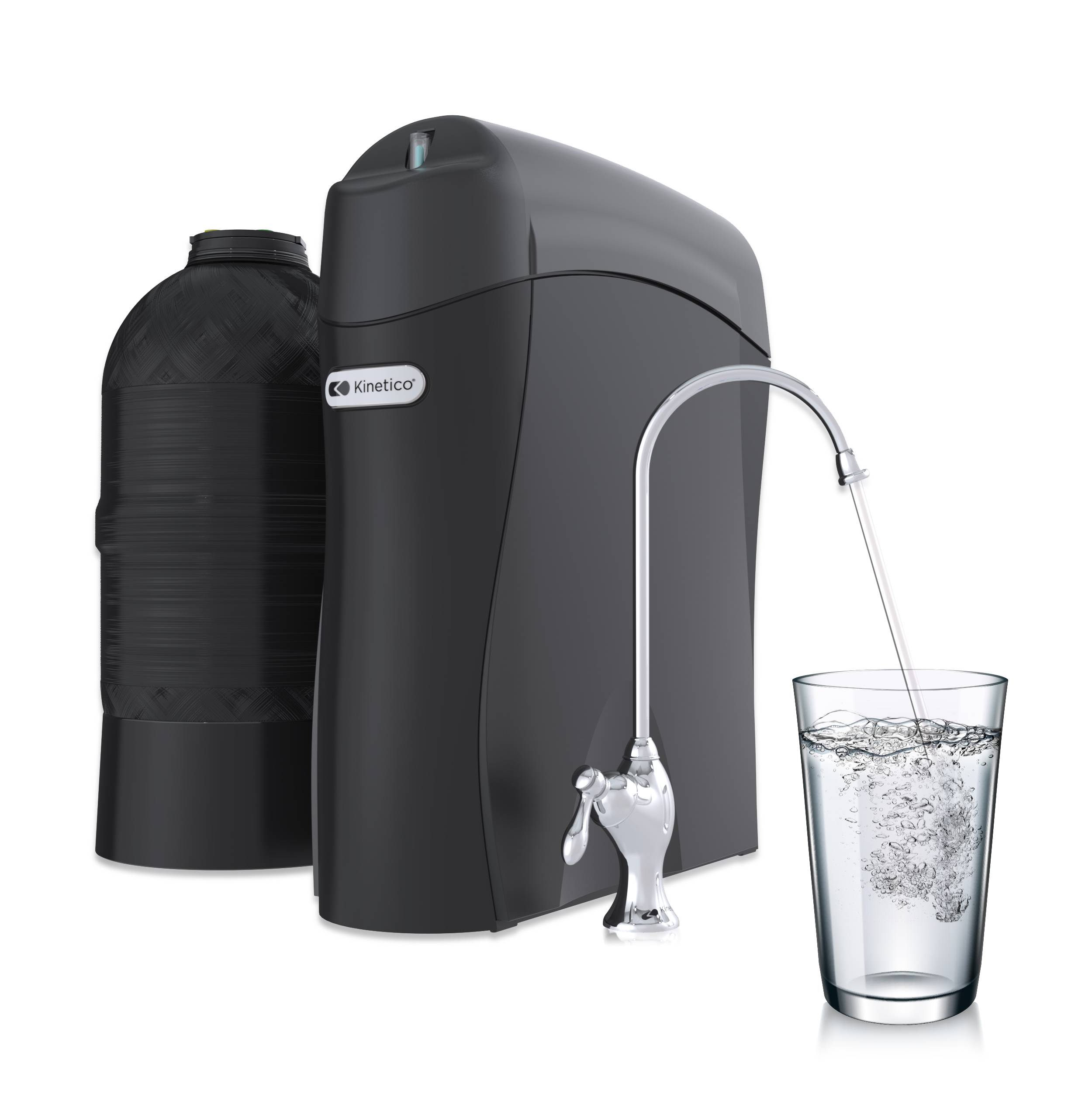I can’t believe that it has taken me this long to write a blog about one of the biggest roles that water has played in my life: the water in swimming pools. I was a competitive swimmer for 15 years, a lifeguard for 6 years and a swim coach for 4 years. I’ve seen and smelled my fair share of swimming pools. Just like your drinking water there are rules and regulations about swimming pools that are designed to keep you healthy. The CDC (Centers for Disease control) recommends that free chlorine should be 1-3 ppm (parts per million) and the pH should be 7.2-7.8. Other sources further recommend that the total alkalinity should be 80-120 ppm and the calcium hardness between 200-400 ppm. Why are there such specifics about pool water?
One of the first things you notice when you visit a pool is how it looks. A well maintained pool will have transparent water that allows you to see clearly to the bottom. I’ve swam in some pools where you have to feel your way to the wall or lift your head out of the water to figure out where you are.
Cloudy water can be caused from an improper balance of chemicals or filtration problems. For an outdoor pool, the sun or too much rain can quickly cause an imbalance in chemicals. In addition, outdoor pools face all sorts of other obstacles like birds, pollen and sunscreen. Cloudy water is also caused by poor filtration. The water should be going through a filtration system. Some pools use a reverse osmosis system to reduce the amount of calcium in the water that tends to accumulate over time. Using a reverse osmosis system allows the vast majority of water to be reutilized. Score!
Another sense that you notice before ever going in the water is the smell of a pool. A well-maintained pool shouldn’t have any smell. The pool smell comes from chloramines. Chloramines are formed because of an interaction with compounds like sweat and urine. Most pools that I have been to have a pool rule of showering before entering. The shower cuts down on the compounds that can cause chloramine formation. Adding more chlorine reduces the chloramines and thus the pool smell. Similarly, when there isn’t enough chlorine in the pool, our eyes and skin get irritated. The pH is too low and chlorine needs added to raise it closer to the pH of human tears, 7.4. Both of those things that we’ve been taught to mean that there is too much chlorine in the pool actually means there is too little chlorine in the water.
Swimming pool water requires careful monitoring and adjusting of chemicals to ensure your health and safety. This is very similar to a municipal water system although the complexity and end water chemistry is a little different. So, before you dive into that refreshing pool, take a moment to appreciate the clean and odorless water and the chemistry that is making the water look so inviting.


